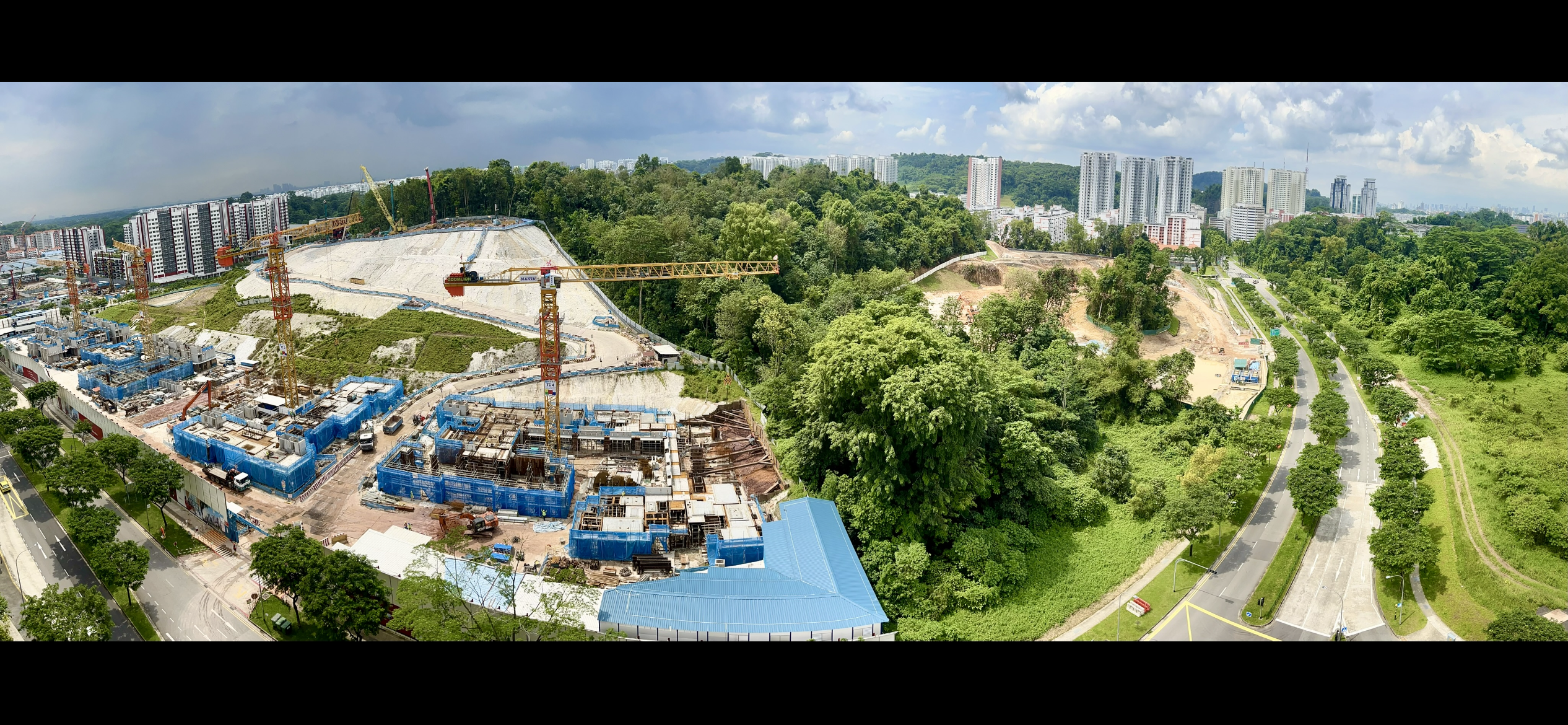September 2021
-
Bukit Gombak Park and other upcoming parks: Have we missed the forests for the trees?
Bukit Gombak Park, which opened on 5 September 2021, used to be a mix of grass and scrubland that remained after the original tropical rainforest was cleared for agriculture two centuries ago. While it is good to have about 1,500 new trees to improve the ecological connectivity of the region, the eastern part of Tengah… Continue reading
